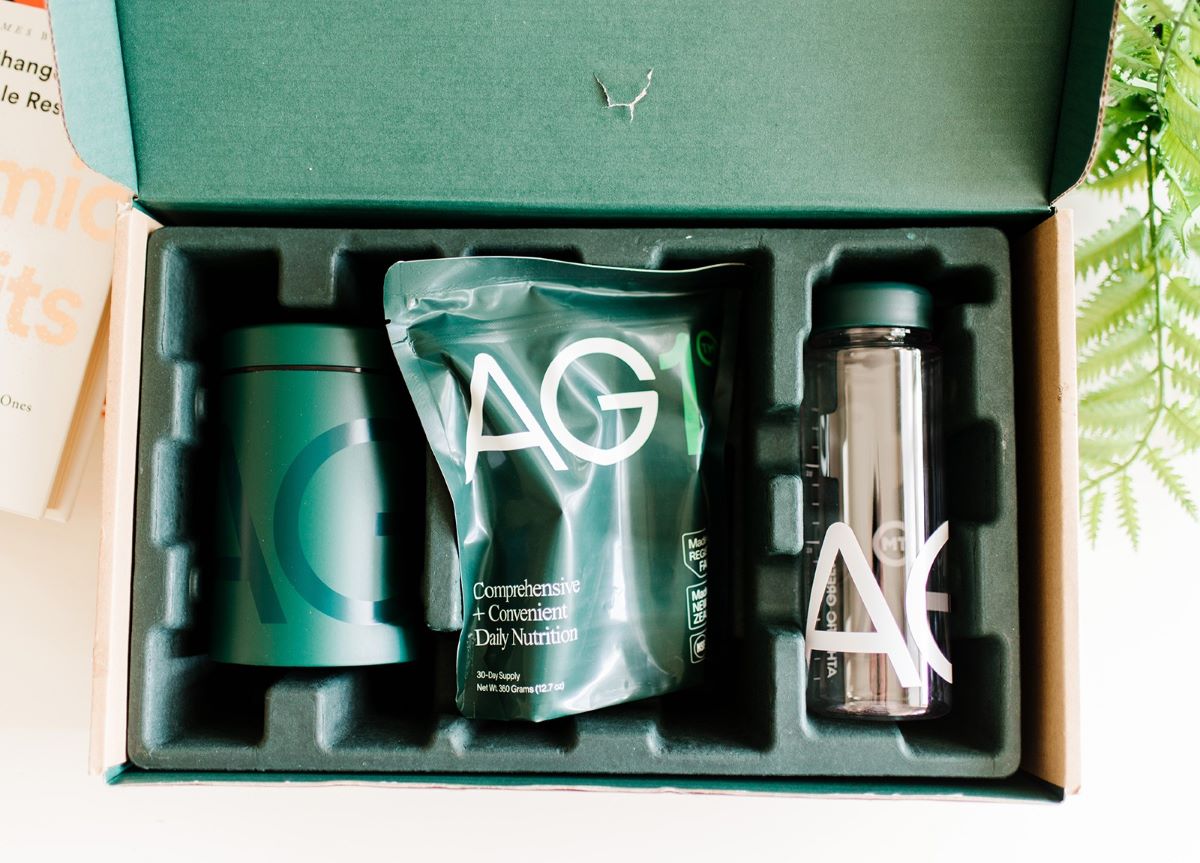

Articles
How To Store Ag1
Modified: January 19, 2024
Learn the best methods for storing Ag1 articles to ensure their longevity and preserve their quality. Protect your valuable articles with these storage techniques.
(Many of the links in this article redirect to a specific reviewed product. Your purchase of these products through affiliate links helps to generate commission for Storables.com, at no extra cost. Learn more)
Introduction
Welcome to the world of Ag1 storage! If you’re a proud owner or collector of Ag1, also known as Silver, you understand its value and importance. Whether you have Ag1 bars, coins, or jewelry, proper storage is essential to maintain its quality and longevity.
Ag1 is a beautiful precious metal with unique properties. It is highly reflective and has excellent thermal and electrical conductivity. However, like any other metal, Ag1 is susceptible to tarnishing, scratches, and damage if not stored correctly.
In this article, we will explore the factors to consider before storing Ag1, the importance of proper storage techniques, and provide a step-by-step guide to storing your beloved Ag1 items. So, let’s dive in and learn how to keep your Ag1 shining brightly for years to come!
Key Takeaways:
- Proper storage of Ag1, also known as Silver, is essential to maintain its brilliance and value. Understanding its properties, considering storage factors, and implementing the right techniques can preserve its quality and longevity.
- By following a step-by-step guide, utilizing recommended storage containers, and avoiding common mistakes, you can ensure that your Ag1 collection continues to shine brightly for generations to come. Happy Ag1 storage!
Read more: How To Store 1/2 Banana
Understanding the Properties of Ag1
Before we delve into the proper storage techniques for Ag1, it’s important to familiarize ourselves with its unique properties. Understanding these properties will help us make informed decisions when it comes to selecting the right storage method.
1. Reflectivity: Ag1 is renowned for its high reflectivity, making it a popular choice in mirrors and various reflective surfaces. However, excessive exposure to light can lead to discoloration or oxidization of the metal. This is why proper storage is crucial to maintain its brilliance.
2. Tarnish: Ag1 is prone to tarnishing when it comes into contact with chemicals like sulfur or hydrogen sulfide. These substances can be found in everyday items such as rubber bands, certain fabrics, and even some foods. Tarnish can dull the appearance of your Ag1 items, so it’s important to store them in a way that minimizes exposure to these elements.
3. Softness: Ag1 is a relatively soft metal compared to others. This means it is more susceptible to scratches and dents. While some collectors embrace the patina that develops over time, others prefer to keep their Ag1 items in pristine condition. Proper storage techniques can help protect Ag1 from unnecessary damage.
Now that we have a better understanding of Ag1’s properties, let’s move on to the factors you should consider before storing your precious Ag1 items.
Factors to Consider Before Storing Ag1
Proper storage of Ag1 is essential to preserve its shine and protect it from damage. Consider the following factors before deciding on the storage method for your Ag1 items:
- Environment: The environment in which you store your Ag1 plays a crucial role. Exposure to high humidity, extreme temperatures, and direct sunlight can accelerate tarnishing and affect the overall condition of the metal. Choose a storage location that is cool, dry, and away from direct sunlight.
- Protection from Chemicals: Ag1 can react with certain chemicals, leading to tarnishing and discoloration. Avoid storing your Ag1 items near items such as rubber bands, wool, or papers treated with sulfur. Additionally, keep them away from household cleaning products that contain harsh chemicals.
- Inert Container: When storing Ag1, it is important to choose a container that is inert and non-reactive. Common options include plastic bags specifically designed for Ag1 storage or anti-tarnish cloth pouches. These containers prevent contact with air and moisture, reducing the risk of tarnishing.
- Separation and Individual Wrapping: To prevent scratching or damage, it is essential to separate and individually wrap each Ag1 item before storage. This can be done using acid-free tissue paper or soft cloth. Avoid storing multiple items together, as they can rub against each other and cause scratches.
- Security: Ensure that the storage location for your Ag1 items provides adequate security measures. Whether it’s a safe, a locked cabinet, or a safety deposit box, keeping your Ag1 secured reduces the risk of theft or accidental damage.
By considering these factors, you can choose the most suitable storage method to protect your Ag1 and maintain its pristine condition. Now, let’s understand the importance of implementing proper storage techniques.
The Importance of Proper Storage Techniques
Proper storage techniques are crucial for preserving the quality and longevity of your Ag1 items. Here’s why:
- Prevention of Tarnish: Tarnish is a common concern for Ag1 owners, as it can diminish the shine and beauty of the metal. Proper storage techniques, such as using anti-tarnish bags or cloths, help create a barrier that minimizes exposure to air and moisture, reducing the risk of tarnish formation.
- Protection against Scratches and Damage: Ag1 is a relatively soft metal that is susceptible to scratches and dents. Utilizing individual wrapping and separation methods during storage can prevent items from rubbing against each other, minimizing the chances of scratches and damage.
- Preservation of Value: Ag1 is not only a precious metal but also an investment. Properly stored Ag1 items tend to retain their value over time, making them more desirable to collectors and investors. By protecting your Ag1, you ensure that it remains in excellent condition, enhancing its aesthetic and financial worth.
- Longevity and Beauty: Ag1 is known for its brilliance and reflective properties. By implementing proper storage techniques, you can extend the lifespan of your Ag1 items, allowing them to retain their original luster and beauty for years to come.
- Peace of Mind: Knowing that your Ag1 items are stored correctly brings peace of mind. It eliminates the worry of deterioration, damage, or loss, allowing you to fully enjoy and appreciate your valuable possessions.
By implementing these techniques, you are taking proactive measures to safeguard your Ag1 investments and cherished items. Now that we understand the importance of proper storage, let’s move on to a step-by-step guide on how to store Ag1 effectively.
Step-by-Step Guide to Storing Ag1
Follow these simple steps to ensure that your Ag1 items are stored properly:
- Prepare the storage area: Find a cool, dry, and secure location for storing your Ag1 items. Avoid areas with excessive humidity or direct sunlight, as they can accelerate tarnishing. Consider using a safe, locked cabinet, or safety deposit box for added security.
- Clean your Ag1 items: Before storing, make sure your Ag1 items are clean and free from any dirt, dust, or residue. Gently clean them using a soft cloth or specialized silver cleaning products. Avoid using abrasive cleaners that can scratch the metal.
- Separate and wrap individually: Use acid-free tissue paper or soft cloth to wrap each Ag1 item individually. This will prevent them from scratching or rubbing against each other during storage.
- Choose the right storage containers: Opt for containers that are specifically designed for Ag1 storage. Anti-tarnish bags or cloths are ideal as they create a protective barrier against air and moisture. Alternatively, you can use individual compartments in a jewelry box for smaller Ag1 items.
- Label and organize: If you have multiple Ag1 items, consider labeling each storage container or compartment for easy identification. Organize them based on size, type, or personal preference to facilitate quick access and prevent any accidental mix-ups.
- Avoid excessive handling: Minimize handling of your Ag1 items as much as possible. The natural oils and moisture from your skin can contribute to tarnishing over time. If you need to handle them, use clean gloves or a soft cloth to protect them from fingerprints and oils.
- Frequent inspection: Regularly inspect your stored Ag1 items to ensure they remain in pristine condition. Check for any signs of tarnish, discoloration, or damage. If necessary, gently clean and rewrap them before returning to storage.
By following these simple steps, you can confidently store your Ag1 items knowing that they are protected and well-maintained. Next, let’s explore some recommended storage containers for Ag1.
Store Ag1 (silver) in a cool, dry place away from direct sunlight to prevent tarnishing. Use airtight containers or anti-tarnish bags to protect it from oxidation. Avoid storing with rubber or wool, as they can cause discoloration.
Read more: How To Put Ag Piping Under Turf Grass
Recommended Storage Containers for Ag1
When it comes to storing your precious Ag1 items, using the right storage containers is essential. Here are some recommended options to consider:
- Anti-Tarnish Bags: Anti-tarnish bags are specifically designed to prevent tarnish formation on Ag1 items. These bags are made from materials that absorb moisture and release anti-tarnish agents, creating a protective environment for your Ag1. They come in various sizes and are ideal for storing bars, coins, and small jewelry items.
- Anti-Tarnish Cloth Pouches: Similar to anti-tarnish bags, cloth pouches are lined with anti-tarnish materials that protect Ag1 from tarnishing. These pouches are suitable for storing individual items or smaller collections. They are lightweight, portable, and provide additional cushioning for delicate Ag1 jewelry.
- Jewelry Boxes with Individual Compartments: Jewelry boxes with individual compartments are a convenient option for storing smaller Ag1 items. Look for boxes made of materials such as wood, velvet, or soft fabric lining to minimize scratching and damage. The individual compartments keep your items separated and organized.
- Safety Deposit Box: For maximum security and protection, consider storing your Ag1 items in a safety deposit box at a bank or a secure facility. Safety deposit boxes offer a controlled environment with locked storage that prevents theft and damage from external elements.
Remember, regardless of the storage container you choose, make sure it is clean, dry, and free from any chemicals that may react with Ag1. Additionally, ensure that the container provides adequate protection against air, moisture, and physical damage.
Now that you know the recommended storage containers, let’s dive into some tips for maintaining Ag1’s quality and longevity.
Tips for Maintaining Ag1’s Quality and Longevity
To ensure your Ag1 items maintain their quality and shine over time, consider the following tips:
- Regular cleaning: Clean your Ag1 items regularly to remove any dirt, residue, or oils that may accumulate. Gently polish them with a soft cloth or use specialized silver cleaning products. Avoid abrasive cleaners that can scratch the surface of the metal.
- Avoid direct contact with chemicals: Keep your Ag1 items away from chemicals that can cause tarnish or damage. This includes household cleaning products, perfumes, lotions, and hair products. Remove your Ag1 items before engaging in activities that may expose them to chemicals or abrasive surfaces.
- Store in a low-humidity environment: High humidity can accelerate the tarnishing process for Ag1. Choose a storage location that has low humidity levels to minimize the risk of tarnishing. Consider using desiccant packs or silica gel packets in your storage containers to absorb any excess moisture.
- Minimal exposure to air: Air contains oxidizing agents that can contribute to tarnish formation on Ag1. Whenever possible, store your Ag1 items in airtight containers or use anti-tarnish bags to reduce exposure to air. This will help slow down the tarnishing process.
- Wear and handle with care: When wearing Ag1 jewelry, avoid contact with abrasive surfaces and rough materials that can scratch the metal. Remove your jewelry when engaging in activities that may expose it to potential damage, such as sports, gardening, or household chores.
- Regular inspection: Periodically inspect your Ag1 items to check for any signs of tarnish, discoloration, or damage. This allows you to address any issues promptly and take necessary cleaning or maintenance steps to preserve their quality.
- Rotate items in storage: If you have a larger collection of Ag1 items, consider periodically rotating them in storage. This helps ensure equal exposure to air and prevents any particular item from being neglected or forgotten.
By following these tips, you can prolong the lifespan of your Ag1 items and maintain their beauty and value. With proper care and attention, your Ag1 collection will continue to shine for generations to come.
Now, let’s explore some common mistakes to avoid when storing Ag1.
Common Mistakes to Avoid When Storing Ag1
When it comes to storing Ag1, it’s important to avoid certain common mistakes that can compromise the quality and condition of your precious items. Here are some mistakes to steer clear of:
- Using improper storage materials: Avoid storing Ag1 items in containers or bags made of materials that can react with the metal. Materials such as rubber, PVC, or acidic paper can cause tarnishing or discoloration. Stick to containers and bags specifically designed for Ag1 storage.
- Storing in an unsuitable environment: Don’t store your Ag1 items in areas with high humidity, extreme temperatures, or direct sunlight. These conditions can accelerate tarnishing and damage the metal. Choose a cool, dry, and dark storage location for optimal preservation.
- Skipping the cleaning step: Neglecting to clean your Ag1 items before storage can lead to dirt, oils, and residue buildup. These can accelerate tarnishing and affect the overall appearance of the metal. Always clean your Ag1 items before storing them to maintain their shine.
- Overhandling: Excessive handling of Ag1 items can transfer oils and moisture from your skin, leading to tarnishing. Minimize touching the metal directly and use clean gloves or a soft cloth when necessary. Handle your Ag1 items with care to preserve their quality.
- Storing different metals together: Avoid storing Ag1 items with other metals, especially those prone to corrosion. Mixing metals can lead to a chemical reaction that can tarnish or damage the Ag1. Keep your Ag1 items separate from other metals to prevent any potential harm.
- Not checking for tarnish regularly: Tarnish can develop over time, even with proper storage. Make it a habit to regularly inspect your Ag1 items for any signs of tarnishing or discoloration. Promptly address any tarnish by cleaning and storing your items appropriately.
- Using excessive or harsh cleaning methods: While cleaning your Ag1 items is important, avoid using excessive force or harsh cleaning agents. Abrasive cleaners can scratch the metal, and excessive polishing can remove the Ag1’s protective layer. Be gentle and use mild cleaning solutions specifically formulated for silver.
By avoiding these common mistakes, you can ensure that your Ag1 items remain in excellent condition and retain their beauty over time. Now, let’s conclude our article on storing Ag1.
Conclusion
Proper storage of Ag1 is crucial for maintaining its quality and preserving its value over time. By understanding the properties of Ag1 and considering factors such as the environment, protection from chemicals, and storage containers, you can ensure that your Ag1 items remain in pristine condition.
Implementing the right storage techniques, such as cleaning your Ag1 items, individual wrapping, and choosing suitable storage containers, can go a long way in preventing tarnish, scratches, and damage. Regular inspection and following good maintenance practices will help maintain the beauty and longevity of your Ag1 collection.
Avoiding common mistakes, such as using improper storage materials, exposing Ag1 to unfavorable environments, and neglecting regular cleaning and maintenance, will further safeguard your collection from unnecessary harm.
Remember, your Ag1 items are not just valuable possessions but also a reflection of your passion and investment. By taking care of them and implementing proper storage techniques, you can enjoy their beauty for years to come.
So, follow the step-by-step guide, utilize recommended storage containers, and avoid common mistakes to ensure that your Ag1 collection continues to shine brightly, mesmerizing all who behold it.
Happy Ag1 storage!
Frequently Asked Questions about How To Store Ag1
Was this page helpful?
At Storables.com, we guarantee accurate and reliable information. Our content, validated by Expert Board Contributors, is crafted following stringent Editorial Policies. We're committed to providing you with well-researched, expert-backed insights for all your informational needs.
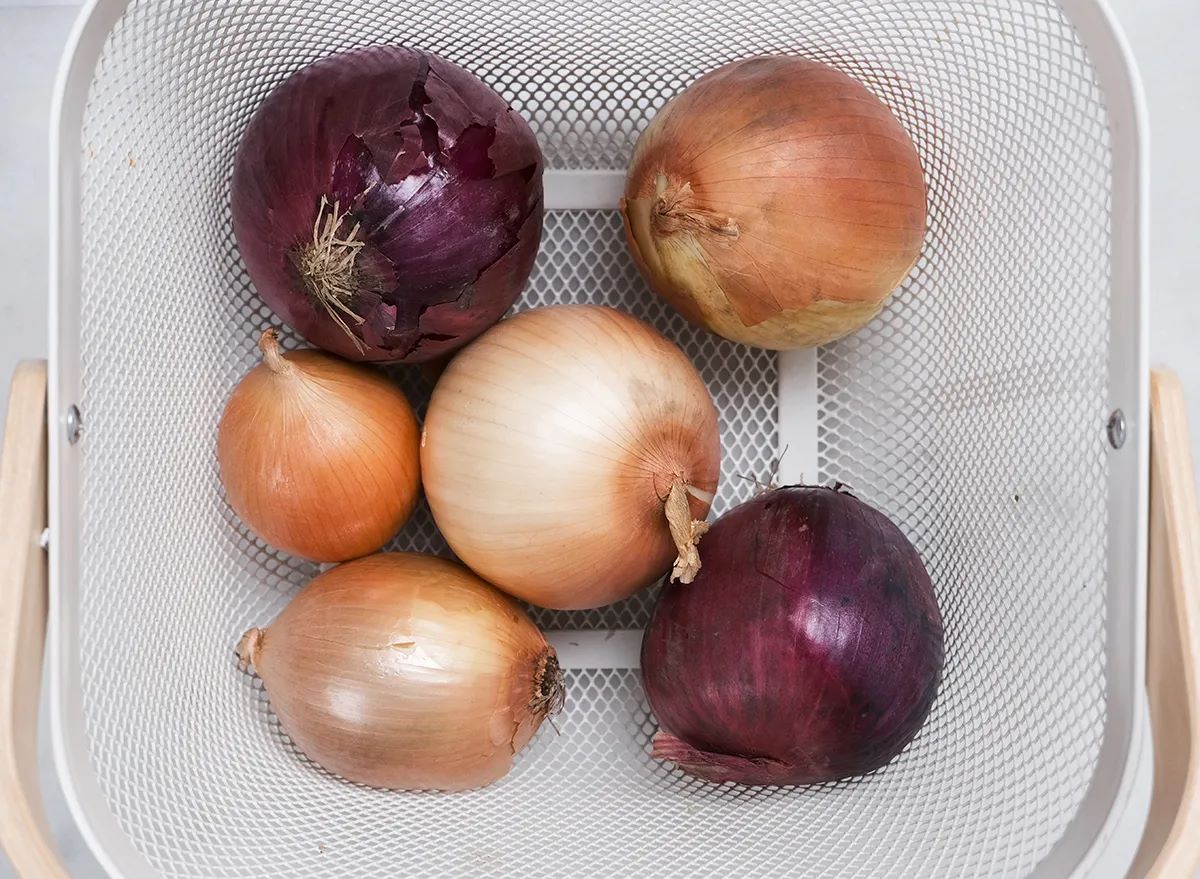
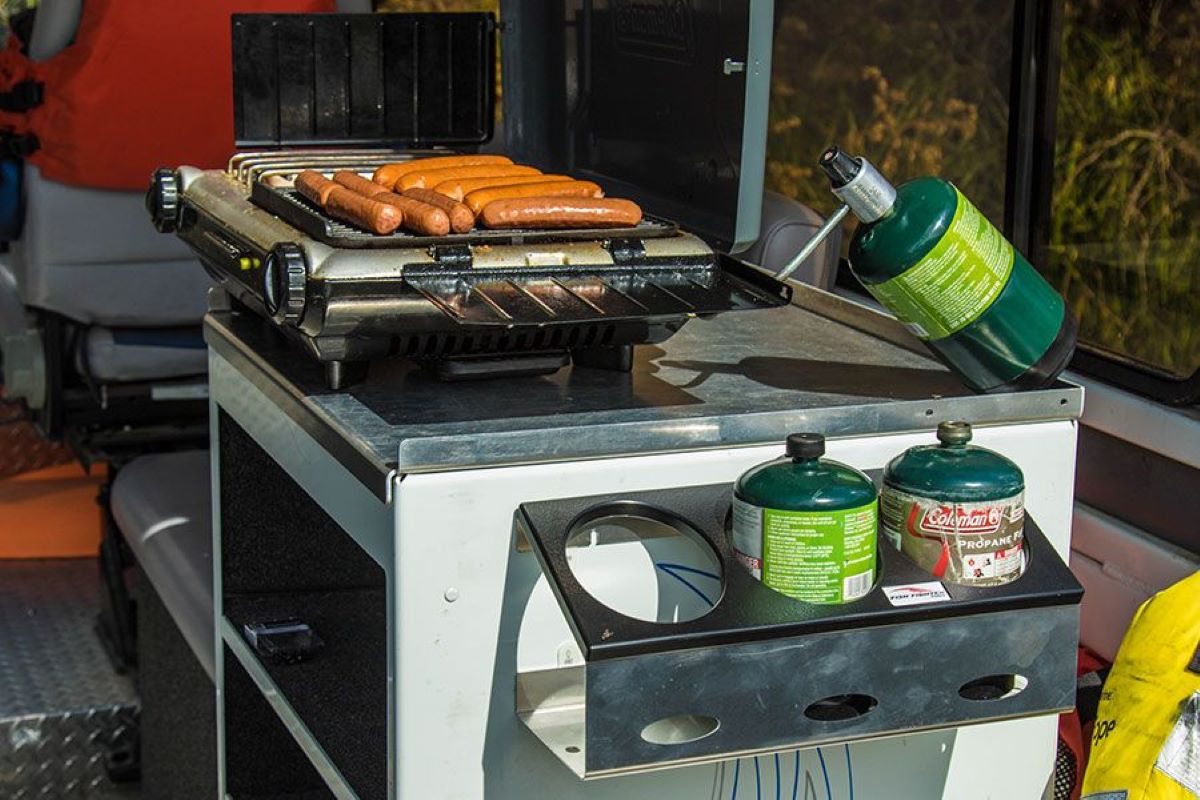

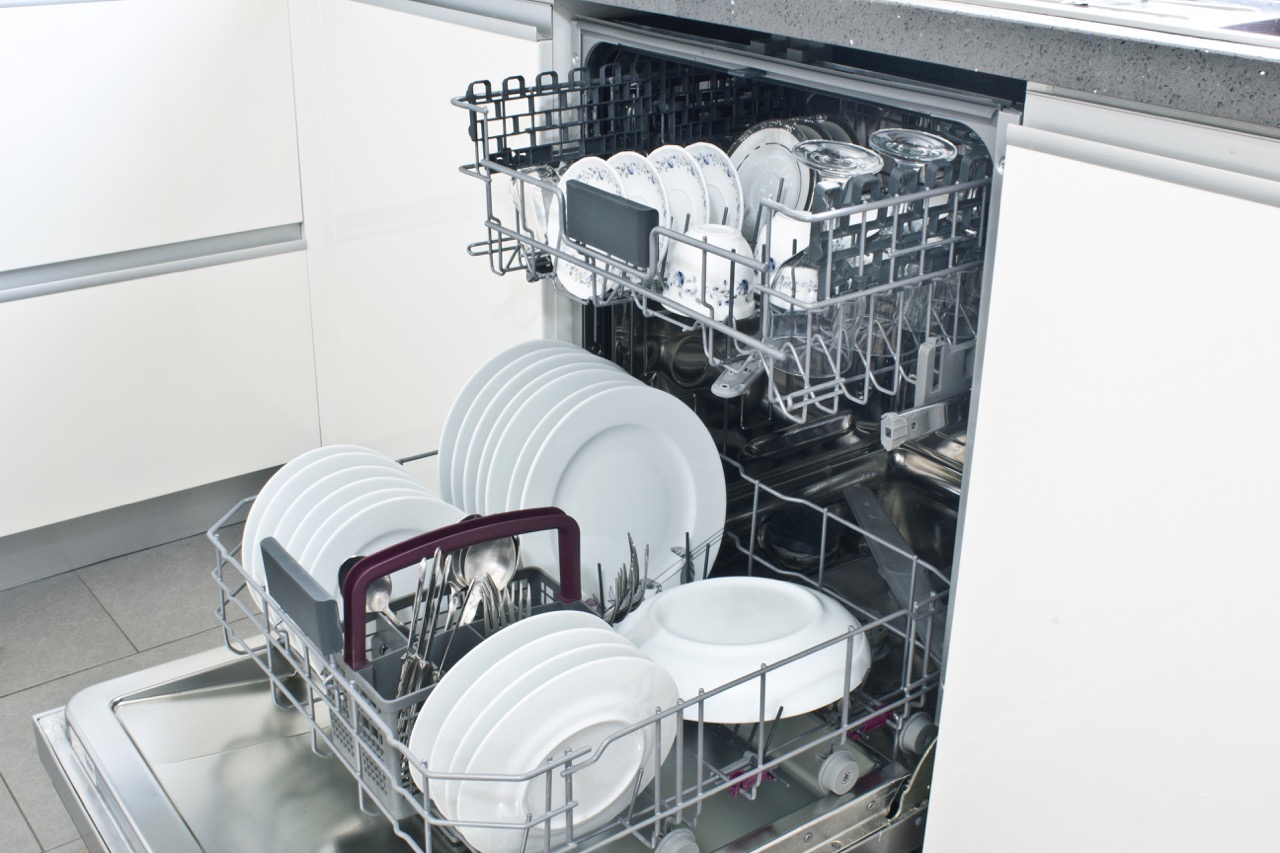
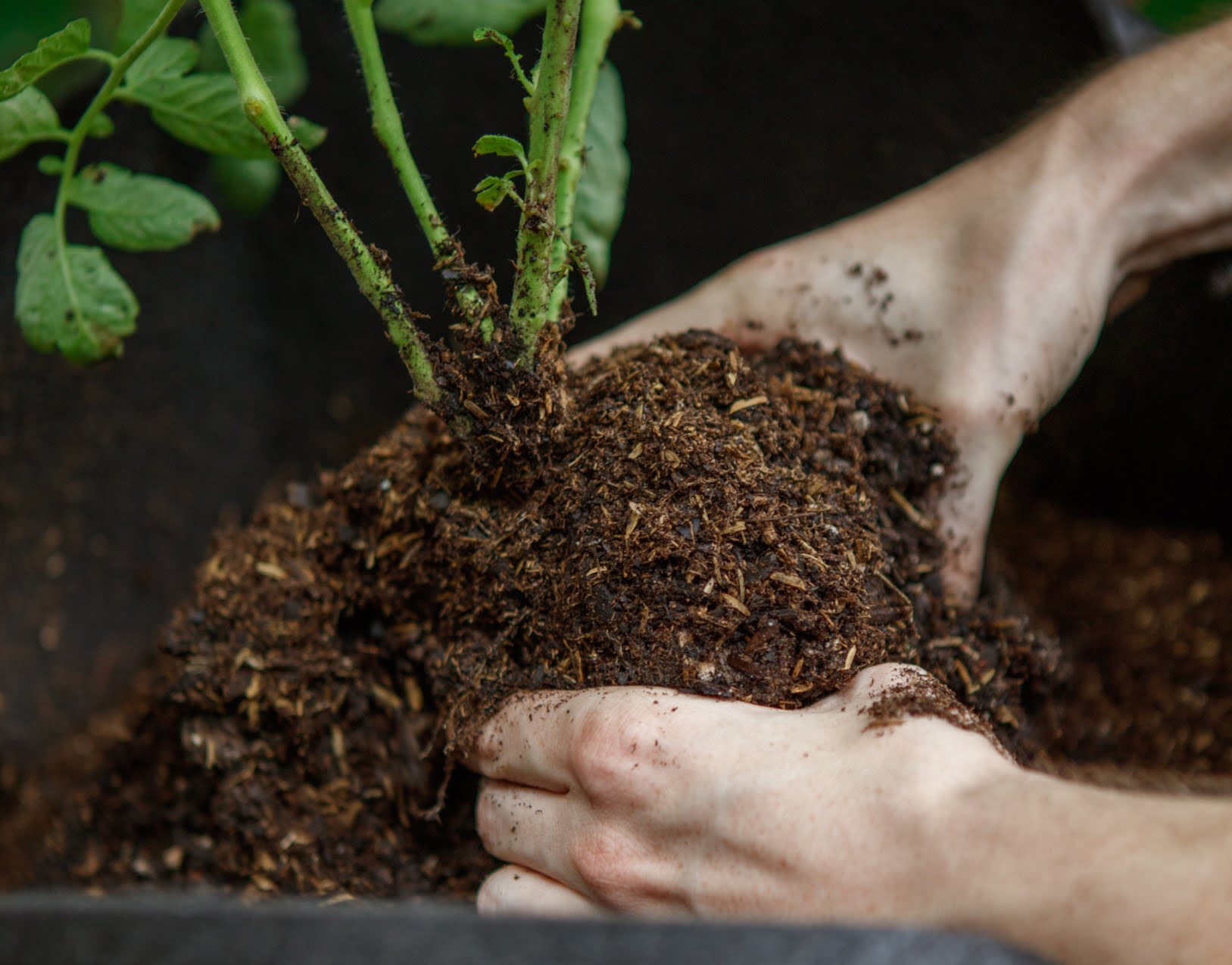
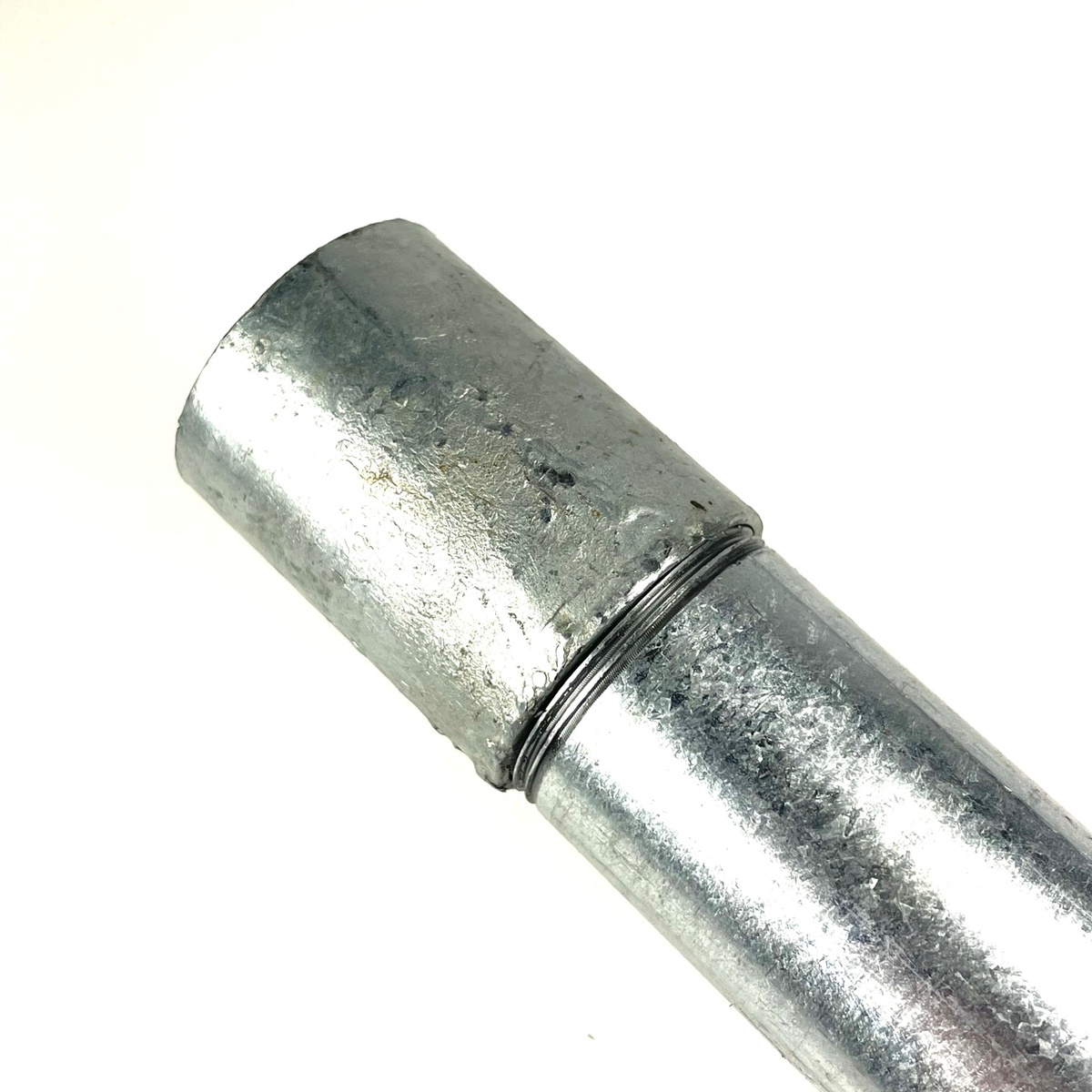
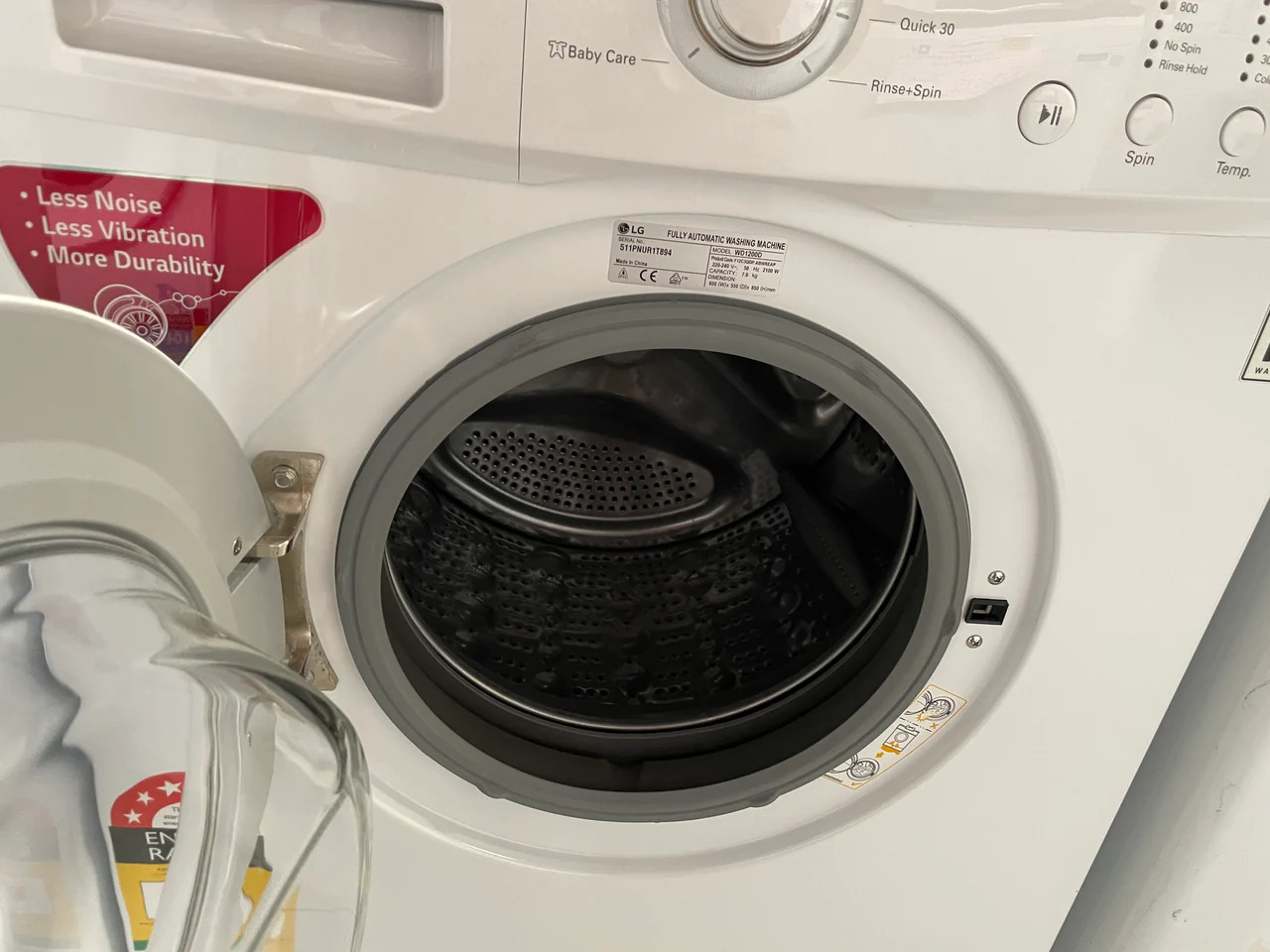
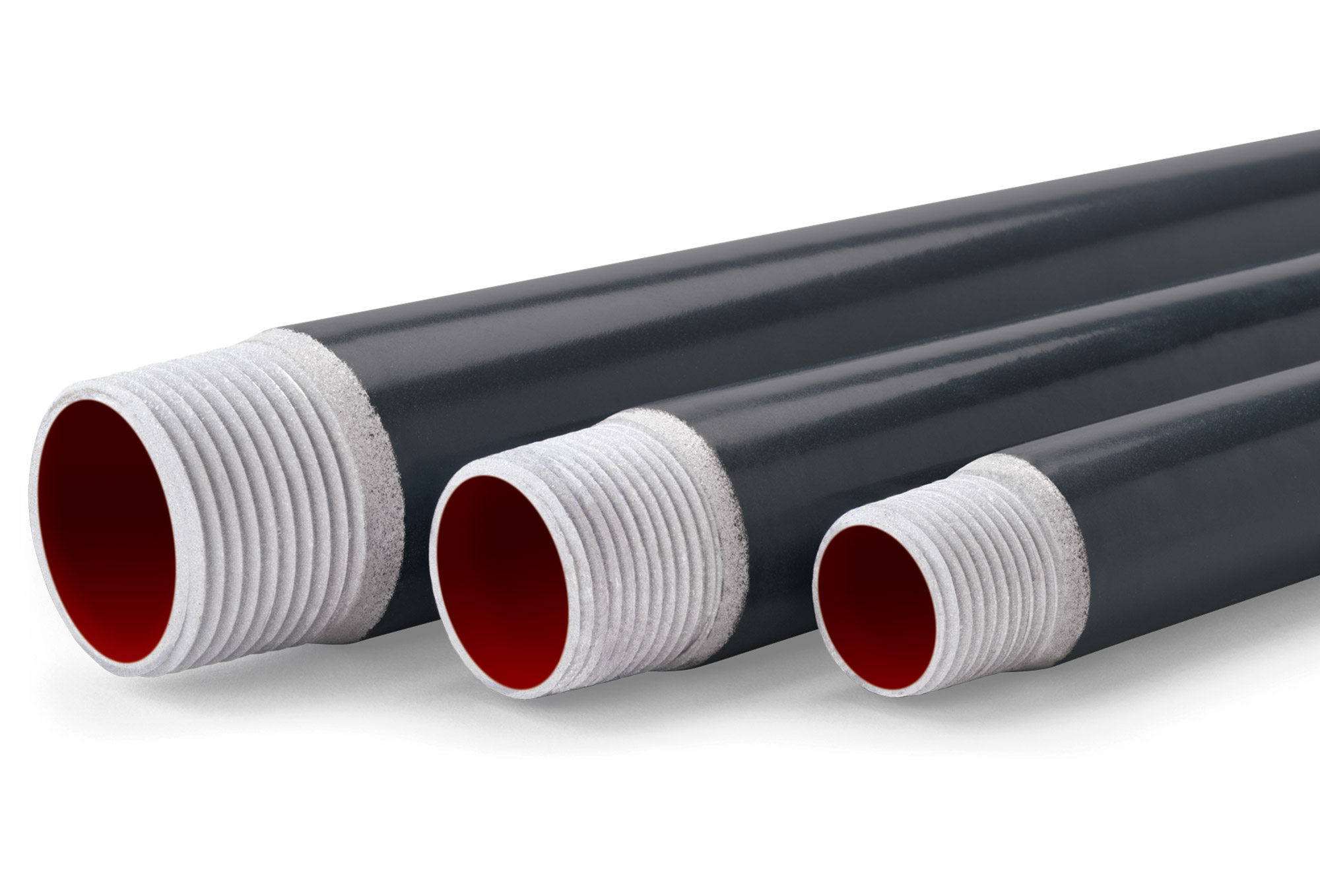
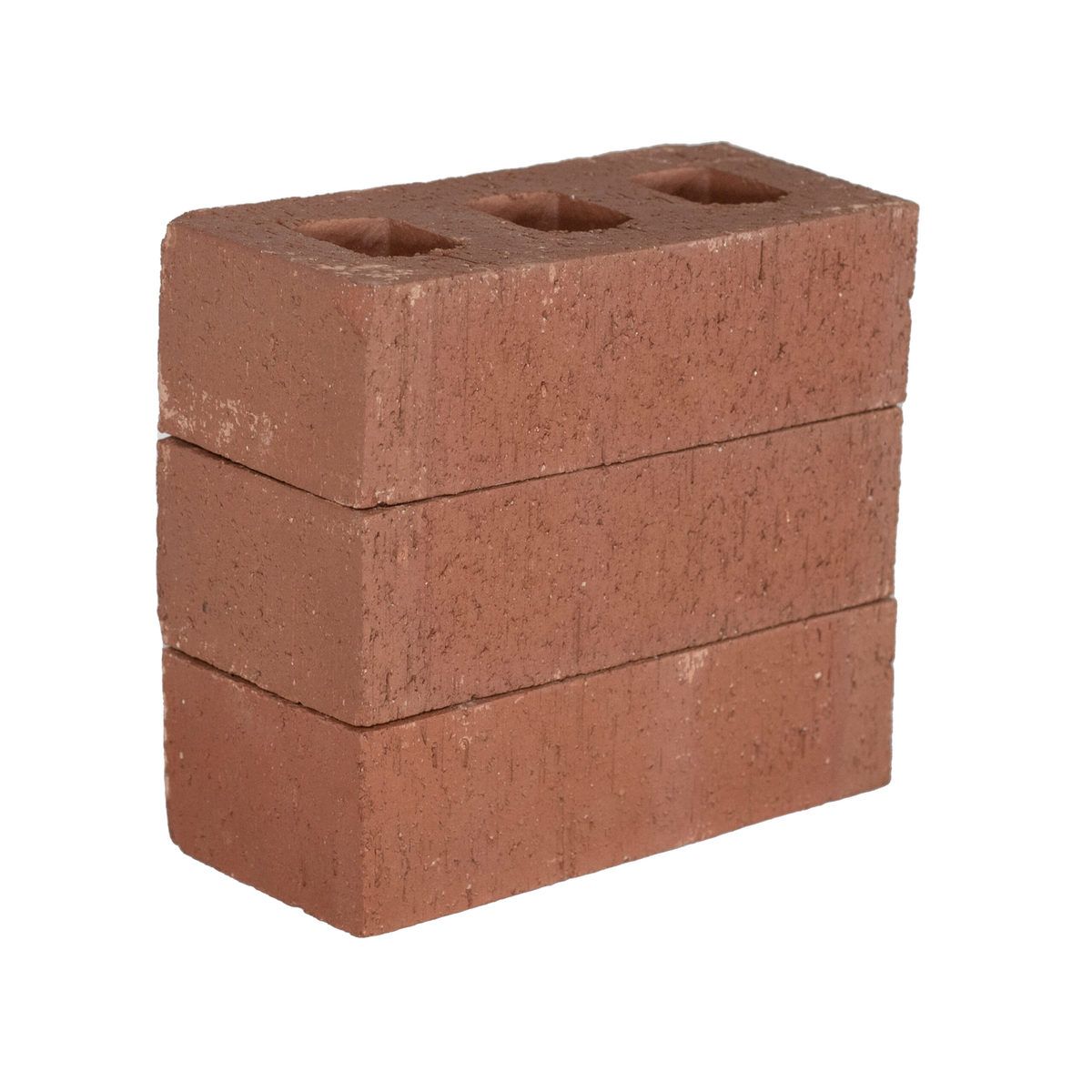
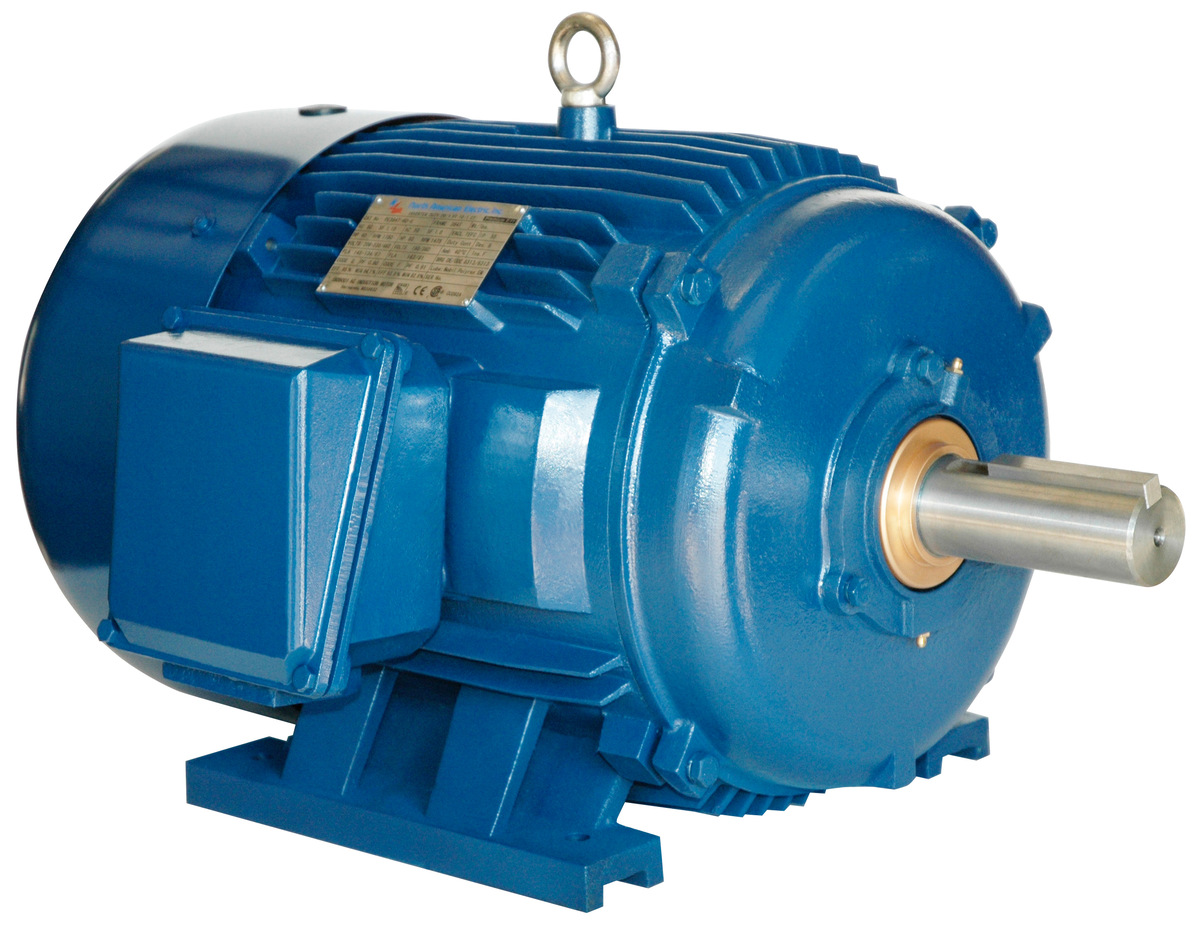

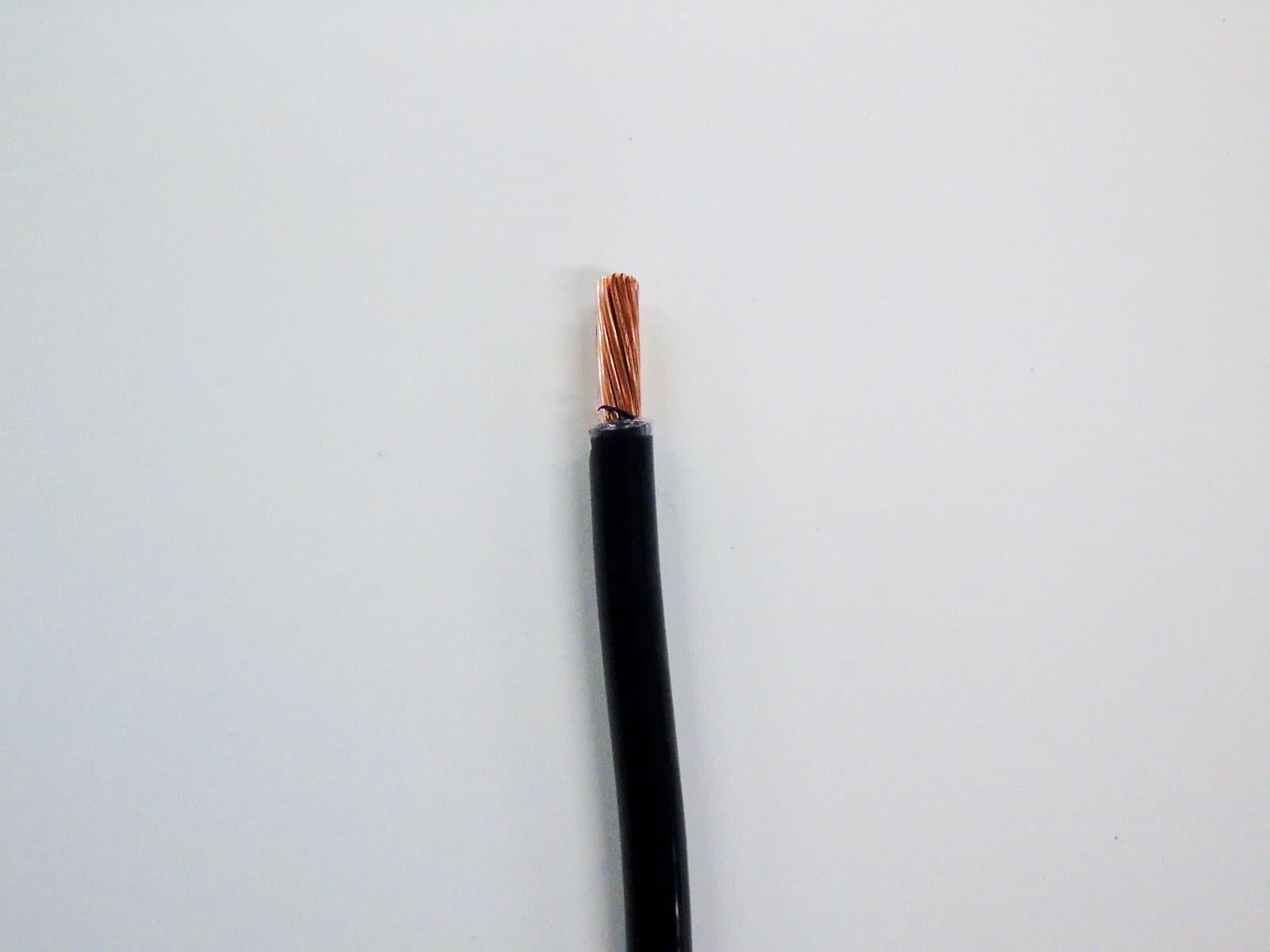
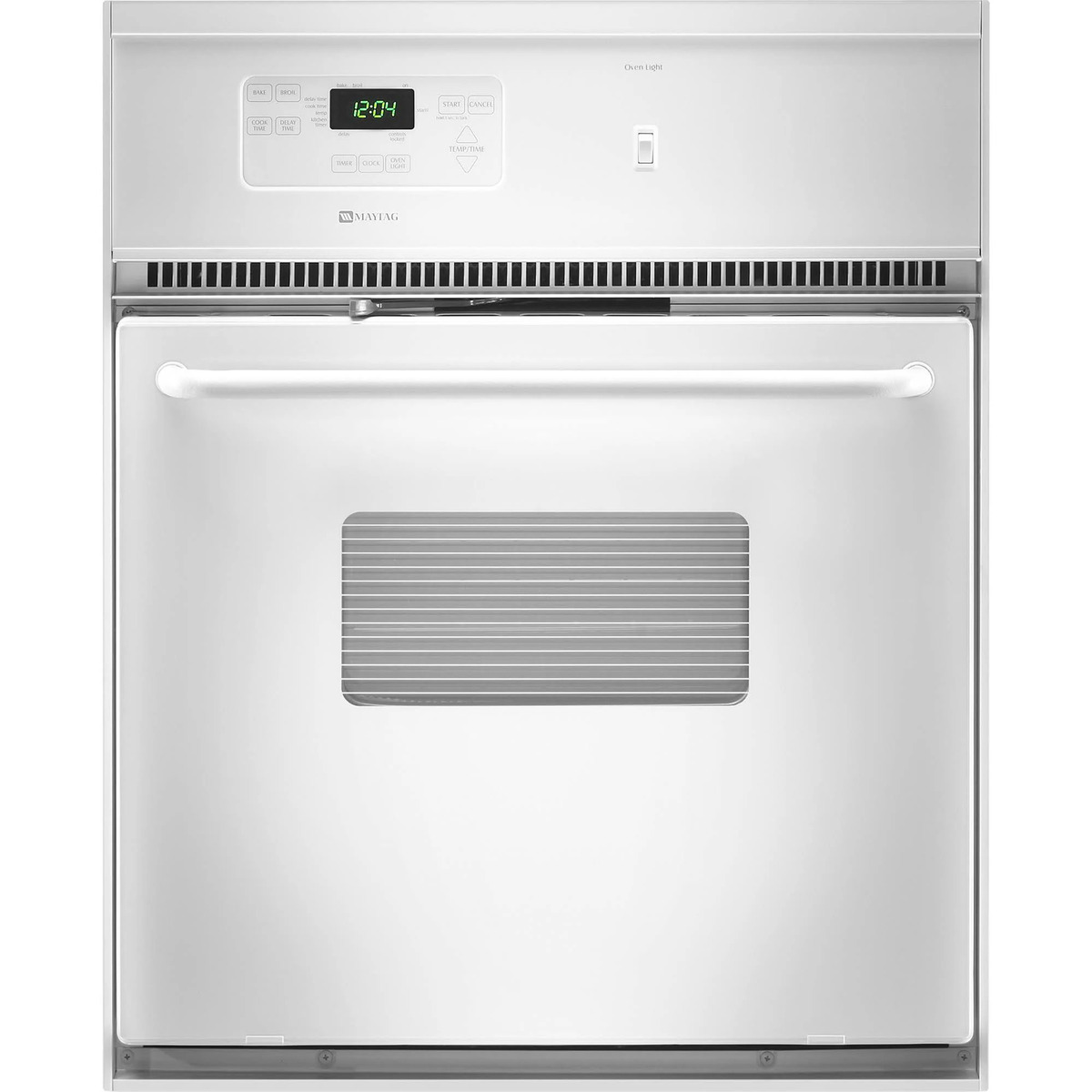


0 thoughts on “How To Store Ag1”